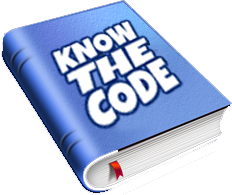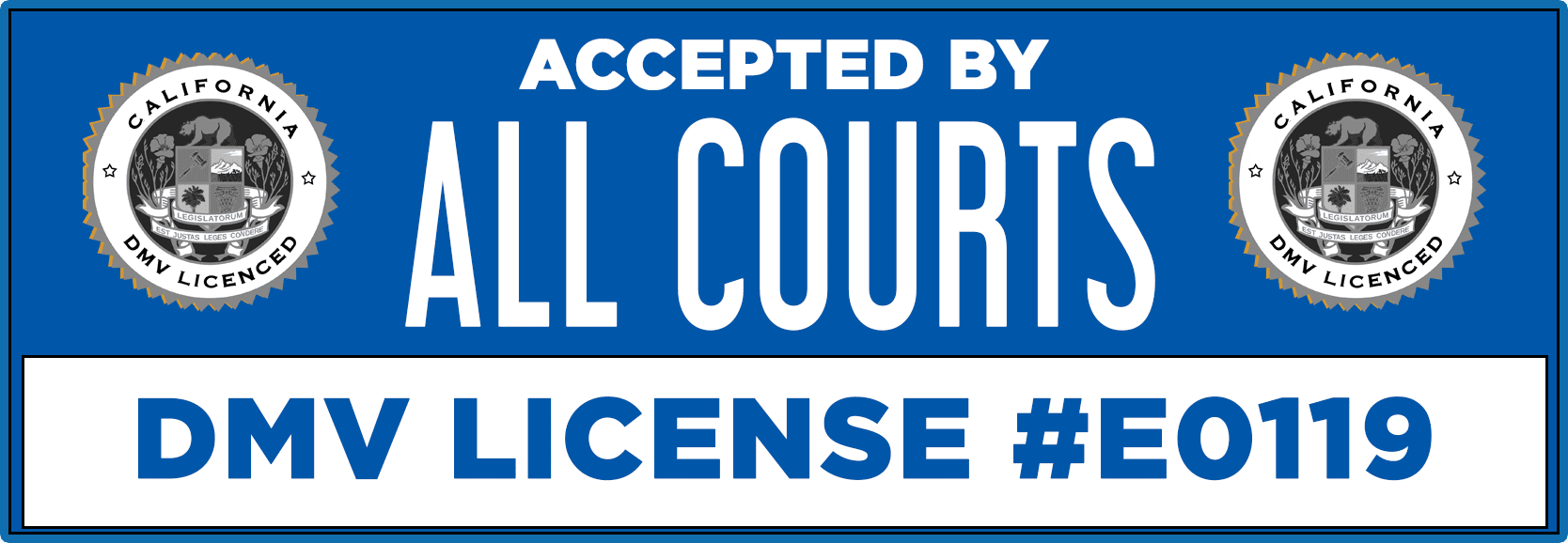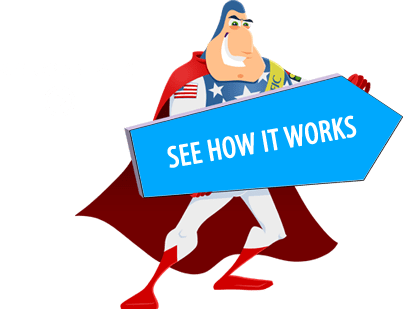PART 1 OF 5
Section-1
RULES OF THE ROAD
progress bar
Please continue to the next page to complete your registration.
DO NOT log out until you have completed this, thank you.
As you make your way through the course you will see this sign:

We encourage you to click on it and read the actual Vehicle Code (VC) as listed by the California Department of Motor Vehicles.


There are new traffic laws passed almost every year in addition to many changes made to old traffic laws. You will find these laws throughout the reading material as you proceed through the course. However, now, we will briefly discuss the most recent changes to the traffic laws and the reasons behind them.

Motorcycle Instruction Permit (VC 12804.9) – This new law requires a person under 21 years of age to complete an approved motorcycle safety course before being issued an instruction permit with which to practice operating a motorcycle, and requires the permit to be held for six months before being issued a class M motorcycle driver license.
There are currently more than 6,000 drivers 19 years and younger who are licensed to ride a motorcycle in California.
The popularity of motorcycles is attributed to the low initial cost, its use as a pleasure vehicle, the good fuel efficiency, and let’s face it they’re just fun to drive and ride. However, motorcycle fatalities represent approximately five percent of all highway fatalities each year, yet motorcycles represent just two percent of all registered vehicles in the United States. One of the main reasons motorcyclists are killed in collisions is because the motorcycle itself provides virtually no protection in a crash. For example, approximately 80 percent of reported motorcycle crashes result in injury or death; a comparable figure for automobiles is about 20 percent. According to the California Highway Patrol (CHP), traffic collisions are the leading cause of death for teens in America between the ages of 15-20 years old and they are involved in three times as many fatal crashes as all other drivers. Some of the causes that can be attributed to motorcycle crashes are:
- lack of basic riding skills
- failure to appreciate the inherent operating characteristics
- failure to appreciate the limitations of the motorcycle
- failure to use special precautions while riding
- failure to use defensive driving techniques.
- lack of specific braking and cornering skills
- failure to follow speed limit
The change in this law is to help reduce collisions and save lives. Attending a motorcycle rider training safety course is the best way to learn how to operate a motorcycle safely and skillfully. Rider training safety classes provide unique knowledge and skills that one may not learn if a friend teaches them how to ride. The goal is to arm California’s youth with enough knowledge to make smart driving decisions.
High-Occupancy Vehicle Lanes (VC 5205.5 and 21655.9) – Prior law that permitted certain fuel-efficient, low-emission vehicles to display stickers allowing them to be operated in HOV lanes with a single occupant was to expire on January 1, 2011. The new law extended the “sunset” date for the yellow stickers for hybrid vehicles until July 1, 2011; the white stickers issued to fully-electric and compressed natural gas vehicles until January 1, 2015; and created a third sticker, for plug-in hybrid vehicles, to be issued and valid from January 1, 2012 until January 1, 2015.
California Senator Leland Yee, said the goal of extending hybrid HOV access for an additional six months was to give California hybrid owners time to purchase the electric cars and plug-in hybrids that were coming to the market. Some legislators opposed the bill, saying that HOV lane access should be strictly preserved to carpools, regardless of the desire to encourage adoption of green car technology. To alleviate concerns about highway congestion from solo green car drivers, SB 353 places a cap of 40,000 on the number of Enhanced AT-PZEV plug-in hybrids that will receive HOV stickers. There is currently no limit set for the number of all-electric, or Zero Emission Vehicles that can receive white HOV access stickers.
New Firefighter Endorsement (VC 12804.11) – In an effort to simplify the proper licensing of firefighters while continuing to ensure public safety, this law exempts operators of firefighting vehicles from the Commercial Driver License program and creates a new license endorsement process.
This bill addressed a problem that had reportedly grounded many firefighters in rural areas. It removed a bureaucratic barrier at the DMV that made it very difficult for rural fire departments to license their firefighters to drive heavy equipment. There were situations where firefighters could not respond to fires because they were not licensed to drive fire engines. Rural fire departments had to send two firefighters sometimes hundreds of miles on a round trip to a DMV office and take a vital piece of equipment out of service for an entire day just to license one firefighter. This law allows firefighters who already possess a Class C license to earn a "Firefighter Endorsement" that authorizes them to drive fire equipment after completing 30 hours of classroom and behind-the-wheel training under supervision of a qualified fire chief. To complete the process, firefighters will still have to submit to the DMV their health questionnaires and written documentation from the fire chiefs who trained them and pass a written test, but it eliminates the requirement of having an already licensed firefighter to also travel to a distant DMV office. It put too many rural communities at risk to have personnel and equipment taken out of service for an entire day, especially during fire season.
NEW LAWS EFFECTIVE AS OF JULY 1 AND BEYOND.
Local Traffic Ordinances (VC 21 & 21100) – As of July 1, in an effort of ensuring that traffic convictions are recorded by the Department of Motor Vehicles, local authorities may not enact or enforce a local ordinance on any matter covered by the California Vehicle Code.
The intent of this law is to ensure that drivers throughout the state of California will be treated uniformly for moving violations. Motorists statewide would be safer and better protected from unfair ticketing practices for example. Cities are no longer allowed to circumvent existing state law by citing motorists under newly written, local municipal codes. Under this law, this new trend by local governments to write their own vehicle codes to cite motorists for moving violations would stop.
Driving Under the Influence (VC 23597) – Effective January 1, 2012, this bill authorizes a court to order a 10-year revocation of the driver license of a person convicted of a third or subsequent DUI violation, with possible reinstatement after five years if specified conditions are met.
In 2008, there were 187,987 DUI convictions in California, 9,164 of which were third-time DUI offenders within 10 years. In addition, drunk drivers killed more than 1,000 people in California and injured 28,000 more. This law imposes higher consequences for those drivers in hopes of making motorists think twice about driving while under the influence.
CHANGES TO TECHNOLOGY AND DRIVING TECHNIQUES.
Everywhere you look and everywhere you go there are cell phones. An increased reliance on cell phones has led to a rise in the number of people who use the devices while driving. Unfortunately, this change in technology can affect our driving techniques negatively. The dangers associated with driving and cell phone use include handling and talking on the phone, text messaging and using the Internet, all of which jeopardize the safety of the vehicle’s occupants, pedestrians and anyone else around. First, drivers must take their eyes off the road and hands off the wheel to manipulate the devices when dialing, texting and surfing the Web. Second, people can become so absorbed in their conversations and other uses that their ability to concentrate on the act of driving is severely impaired. Since the first law was passed in New York in 2001 banning hand-held cell phone use while driving, there has been debate as to the exact nature and degree of hazard. The latest research shows that using a cell phone when driving is just one of many types of distracted driving that may lead to collisions and near collisions.
There are a number of states that have a ban on the use of hand-held cell phones while driving and California is definitely one of those states. The law bans all drivers from using handheld cell phones while driving. The law does not affect passengers; they are free to use cell phones while traveling in an automobile. However, the law does apply to anyone driving in California, whether the driver lives in California or not. A driver is allowed to use a hands-free device such as the speakerphone option on the phone (as long as they do not hold the phone), a headset that plugs into their phone or a wireless headset such as a Bluetooth. Although any of these methods are recommended, the theory that hands-free sets are safer has been challenged by the findings of several studies. A study from researchers at the University of Utah, published in the Summer 2006 issue of Human Factors, the quarterly journal of the Human Factors and Ergonomics Society, concludes that talking on a cell phone while driving is as dangerous as driving drunk, even if the phone is a hands-free model. An earlier study by researchers at the university found that motorists who talked on hands-free cell phones were 18 percent slower in braking and took 17 percent longer to regain the speed they lost when they braked.
A number of cell phone companies are considering developing technology that will prevent people from receiving calls and texting while driving. The technology is intended to limit dangerous distractions by temporarily interrupting service so that people do not answer their phones when they are behind the wheel. One carrier has already introduced a service that automatically disables rings and alerts and sends calls to voice mail when phones are in a moving car. Some safety advocates said that it is unclear whether consumers would avail themselves of the technologies or whether the technologies would be effective.
The safest thing to do is to just not use your cell phone at all while driving or pull over to the side of the road safely and stop to use it. We will discuss this matter in further detail later on in the course.
REASONS FOR TRAFFIC LAWS. WHAT IS TRAFFIC?
The reasons for traffic laws are for the safety of everyone on the road and to keep order and movement in traffic. Traffic on roads may consist of pedestrians, ridden or herded animals, vehicles, streetcars and other conveyances, either singly or together, while using the public way for purposes of travel. Traffic laws are the laws which govern traffic and regulate vehicles, while rules of the road are both the laws and the informal rules that may have developed over time to facilitate the orderly and timely flow of traffic.
Organized traffic generally has well-established priorities, lanes, right-of-way, and traffic control at intersections.
Traffic is formally organized in many jurisdictions, with marked lanes, junctions, intersections, interchanges, traffic signals, or signs. Traffic is often classified by type: heavy motor vehicle (e.g., car, truck); other vehicle (e.g., moped, bicycle); and pedestrian. Different classes may share speed limits and easement, or may be segregated. Some jurisdictions may have very detailed and complex rules of the road while others rely more on drivers’ common sense and willingness to cooperate.
Organization typically produces a better combination of travel safety and efficiency. Events which disrupt the flow and may cause traffic to degenerate into a disorganized mess include: road construction, collisions and debris in the roadway. On particularly busy freeways, a minor disruption may persist in a phenomenon known as traffic waves. A complete breakdown of organization may result in traffic jams and gridlock.

When cars became popular, local governments established traffic laws to limit collisions with horse-drawn wagons and ensure safety. The mandatory registration of automobiles was one of the first traffic regulations in the United States. New York became the role model in 1901 by being the first state to require that automobile owners register their vehicles. By 1920, license plates were mandatory in all states. It took longer for the states to require a driver’s license. In 1935, there were just 39 states that issued the licenses and only a few tested applicants. Before the 1930s, most drivers received their training from automobile salesmen, nonprofit organizations such as the YMCA, family members and friends. Soon, however, driver’s education was provided in the high schools.
FATHER OF TRAFFIC SAFETY
It did not take cars long to clog the streets and cities to begin setting speed limits, installing traffic lights, designing one-way streets and adding parking meters. Yet, it did take drivers longer to start obeying these laws. The book “Rules of the Road” was written by William P. Eno in 1903. Eno, “the father of traffic safety,” introduced many road regulations, such as the need for slow traffic to remain to the right and cars to pass only on the left, as well as one-way streets, crosswalks for pedestrians, stop signs and safety islands. He believed that stoplights would never work and police would always be necessary at intersections. Ironically, he had his chauffeur drive him around.
OBEYING TRAFFIC LAWS
Traffic laws now make up a major part of most state regulations. Their main purpose is to improve unsafe driving and to provide education to bad drivers. Research shows that most people will obey the traffic laws, even when they hit a red light at 3 a.m. and there is not another car in sight. There is, however, a group of people who constantly get caught for ignoring the laws. Studies show that more people follow the laws when they think that there is a good chance of being caught and less adhere to them when they believe they can get away with it.
MOVING AND NON-MOVING VIOLATIONS
Since the beginning of traffic laws, drivers have received tickets for “strict liability” offenses. In other words, the person can be found guilty of breaking the law, without any criminal intent to do so. The police only need to prove that the person did not follow the law. Examples of these moving and non-moving strict-liability traffic offenses are: not properly using turn signals, going through a stop sign without making a full stop, driving a car with only one working headlight, speeding, driving too close to another car, not putting enough money in a parking meter and parking in a loading zone. In most cases, except for instances such as driving under the influence and a hit and run, the driver does not have to go to criminal court. Fines can be large, however, for offenses such as speeding, and a driver may lose his or her license after accumulating a number of points for traffic violations.
DIFFERENT LAWS PER STATE
Because traffic laws are set by the cities and states, they may differ considerably from one state border to another. When renting a car in another state, find out if there are any unique driving regulations. For example, although numerous states have passed a law that mandates wearing seat belts at risk of being ticketed, other states have not been this strict. Seat belt regulations can be divided into primary and secondary categories. The primary rulings allow police officers to ticket drivers and passengers for not wearing seat belts, even if no other traffic law has been broken. States with secondary seat belt laws say that police officers can give tickets for seat belt non-compliance only if the drivers are cited for another offense. Thirty states have primary laws, 19 have secondary laws and New Hampshire has no seat belt law at all for adults, but a primary one for children younger than 18.

First of all, to drive safely you must follow many rules and laws. Driving rules tell you where and when you can drive. They are not only for informational purposes, but more importantly, for your safety. Traffic signs can come in all shapes and sizes…

Many road signs warn you to slow down or watch for hazards ahead. Most warning signs are yellow and shaped like a diamond. Some common warning signs are shown below.



21462. Obedience to Traffic Control Signals
21461. Obedience by Driver to Official Traffic Control Devices
21454. Lane Use Control Signals
Traffic lights, signs, and “right-of-way” rules tell you when to go or stop at an intersection. These are what the colors of traffic lights mean…


21450. Official Traffic Control Signals
21451. Circular Green or Green Arrow

If all traffic signal lights are not working because of an electrical power failure, you must stop at the intersection and then proceed when you know other turning and approaching vehicles, bicycles, or pedestrians will also be stopping. A blacked-out traffic signal is the same as a stop sign controlled intersection in all directions.
REGULATORY SIGNS
Black and white signs like these tell you what to do. You must obey them.




21455. Signal at Other Places
At many traffic signals, you need to push the pedestrian push button (once) to receive the “WALK” or “WALKING PERSON” signal. At a crossing where there are no pedestrian signals, pedestrians must obey the red, yellow, or green signal lights.






